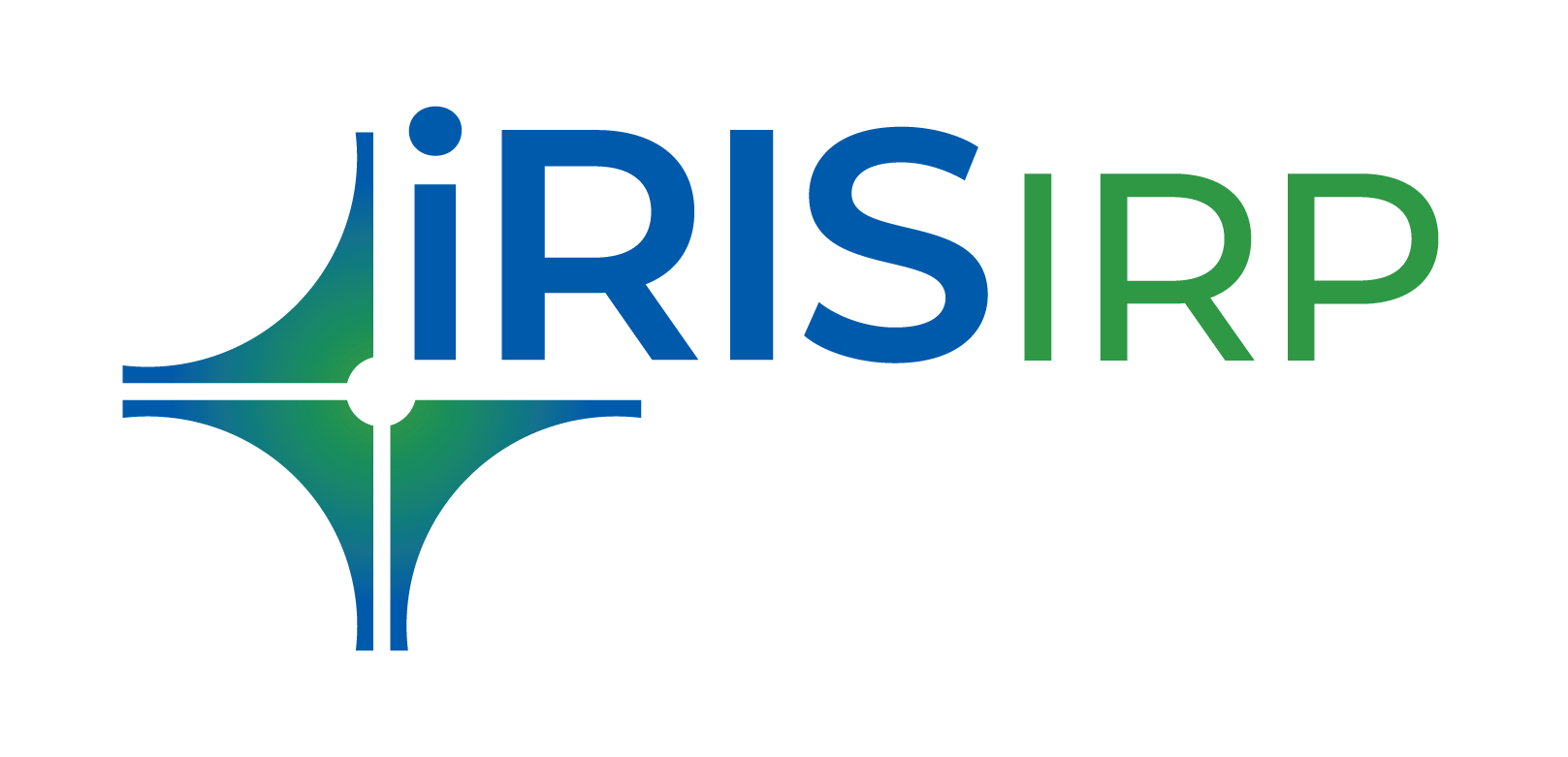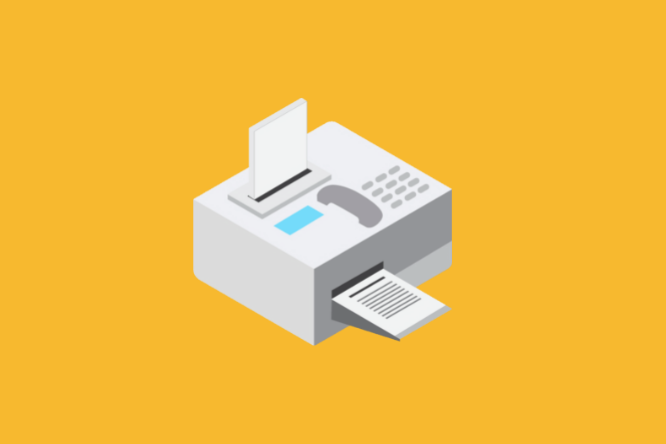E-invoice Printing: Process, Mandatory Fields, Modes of IRN generation
E-invoice Printing is one of the most significant aspects of e-invoicing after the mandate gets applicable to a taxpayer. Currently, the government has made e-invoicing mandatory for taxpayers with an AATO of Rs. 5 Cr. from January 1, 2023.
Under the e-invoicing mandate, the taxpayers' invoices need to be registered on the official e-invoicing portal. This portal is known as the Invoice Registration Portal (IRP) which will help taxpayers generate the invoice reference number (IRN) which will be unique for every single invoice that is being generated. E-invoice printing is one of the topics that taxpayers are most concerned about. In this article, we discuss everything related to e-invoice printing i.e. the process, mandatory and optional fields, generation etc. Read on…
E-invoice Printing - IRN & QR Code:
Under the e-invoice mandate, taxpayers will continue to generate their specific GST invoices (covered under the mandate) on their own with the help of their Accounting/Billing/ERP Systems. Once generated, the invoice data will now have to be sent to Invoice Registration Portal (IRP) if their business crosses the e-invoice turnover limit.
IRP then will verify and assign a number unique for that particular invoice using the hash algorithm under e-invoicing which is the Invoice Reference Number (IRN) along with a QR Code. QR code will be part of the signed JSON, returned by the IRP. It will be a string (not an image), which the ERP/accounting/billing software shall read and convert into QR Code image for placing on the invoice.
A B2B GST invoice will be valid only with a valid IRN. And before sharing it with the concerned parties, taxpayers need to print this IRN and QR Code on the invoice. Hence, understanding the nuances of e-invoice printing becomes important.
Mandatory fields to be printed on an invoice and an E-invoice As per Rule 46 of CGST tax rules 2017
Following fields are mandatory to be printed on the e-invoice as per Rule 46. Tax invoice referred to in section 31:
- Name, address and Goods and Services Tax Identification Number of the supplier
- A consecutive serial number not exceeding 16 characters, in one or multiple series, containing alphabets or numerals or special characters- hyphen or dash and slash symbolised as "-'' and "/" respectively, and any combination, unique for FY
- Date of its issue
- Name, address and Goods and Services Tax Identification Number or Unique Identity Number, if registered, of the recipient
- Name and address of the recipient and the address of delivery, along with the name of the State and its code, if such recipient is un-registered and where the value of the taxable supply is Rs. 50,000/- or more
- Name and address of the recipient and the address of delivery, along with the name of the State and its code, if such recipient is un-registered and where the value of the taxable supply is less than Rs. 50,000/- and the recipient requests that such details be recorded in the tax invoice
- HSN code for goods or services
- Description of goods or services
- Quantity in case of goods and units or Unique Quantity Code thereof
- The total value of the supply of goods or services or both
- Taxable value of the supply of goods or services or both taking into account discount or abatement, if any
- Rate of tax (central tax, State tax, integrated tax, Union territory tax or cess)
- Amount of tax charged in respect of taxable goods or services (central tax, State tax, integrated tax, Union territory tax or cess )
- Place of supply along with the name of the State, in the case of a supply in the course of inter-State trade or commerce
- Address of delivery where the same is different from the place of supply
- Whether the tax is payable on reverse charge basis
- Signature or digital signature of the supplier or his authorised representative
- QR code, having embedded Invoice Reference Number (IRN) in it, in case invoice has been issued in the manner prescribed under sub-rule (4) of rule 48.
Note: If your AATO has crossed the e-invoicing turnover limit and you’re exempt from e-invoicing as per the mandate, then you need to submit the following declaration:
"I/We hereby declare that though our aggregate turnover in any preceding financial year from 2017-18 onwards is more than the aggregate turnover notified under sub-rule (4) of rule 48, we are not required to prepare an invoice in terms of the provisions of the said sub-rule."
E-invoice Printing with QR Code
An e-invoice must have a signed QR Code. The size of the QR code is not specified, however, the taxpayer must take care that it is placed clearly on the invoice from where it can be scanned easily. It need not be placed on every page of the invoice, placement just on the first page is workable.
Optional Fields of E-invoice Printing
Other details such as Acknowledgement Date and number etc. are not mandatory. The taxpayer can decide whether or not to add them. Only the signed QR Code has been made compulsory for now. Other optional fields include references to contracts, vendor purchase orders, e-way bill numbers, phone numbers or email IDs, and the place of dispatch of the goods etc.
Here is an example of an e-invoice for your reference:

NOTE: For B2C invoices i.e. E-invoicing and B2C transactions, IRN generation is not required, as per Notification No.14/2020. However, the government has made it mandatory for notified taxpayers (turnover over 500 crores) to display QR Codes on their B2C invoices also.
Custom E-invoice Printing
Taxpayers can keep using their own invoice format even after e-invoice applicability. The only addition to the invoice will be IRN and the dynamic QR Code with all the implied details. Elements of invoices which are internal to the business, such as the company logo etc. are not part of the e-invoice schema.
After reporting invoice details to IRP and receipt of IRN, at the time of issuing an invoice to the receiver (e.g. generating as PDF and printing as a paper copy or forwarding via e-mail etc.), any further customisation, i.e. insertion of company logo, additional text etc., can be made by respective ERP/billing/accounting software providers.
Tools to Create Custom Invoice Print
IRIS IRP: Along with being an authorised GSP, IRIS is now a GSTN-authorised Invoice Registration Portal that can help you generate IRN. IRIS IRP provides an additional value-added service of custom invoice printing. So, after the taxpayer has completed the input of invoice data, IRIS IRP will issue an IRN + QR Code and can also help with printing custom invoices with the company logo and additional text as per specific requirements.
Visit IRIS IRP for more details.
FAQs related to E-invoice Printing
Can I print an e-invoice?
Yes. Once the IRP returns the signed JSON, it can be converted into PDF and printed, if required.
Do I need to have IRN when printing e-invoices?
IRN is anyway embedded in the QR Code to be printed on the invoice. However, as per the new requirement, IRN Number needs to be printed on the invoice.
Do I need to print QR Code on the invoice?
Yes. The QR code which comes as part of signed JSON from IRP, shall be extracted and placed on the invoice before the generation of PDF/print
Can the supplier place their entity logo on the e-invoice?
Yes, please refer custom e-invoice print section.
Is there any specific size of QR code that needs to be printed on the invoice or debit credit note?
There is no specific size, the only thing is the QR code should be in a scannable form.
*****
IRIS IRP is the Govt. recognized Invoice Registration Portal (IRP) for businesses to prepare invoices
With IRIS IRP, we offer an end-to-end solution for e-invoice management and beyond
How to Connect?
- Generate e-invoices one-by-one or in bulk
- Use Excel Utility for on-premise solution requirements
- Upload batch data on cloud application for segregated teams
- Integrate IRP APIs with your ERP to get on-the fly IRNs
What do you get?
- Expertise - We have a team of domain and tech experts
- 100% Data Confidentiality
- 99.9% Up-time
- Smooth and Efficient IRN generation
Don’t delay anymore
Start your e-invoicing journey with us today!

Up-time

Average throughput time
IRIS IRP is the Govt. authorized Invoice Registration Portal (IRP) for businesses like yours to prepare e-invoices. Schedule a free call with us and start generating IRN promptly

 मराठी
मराठी